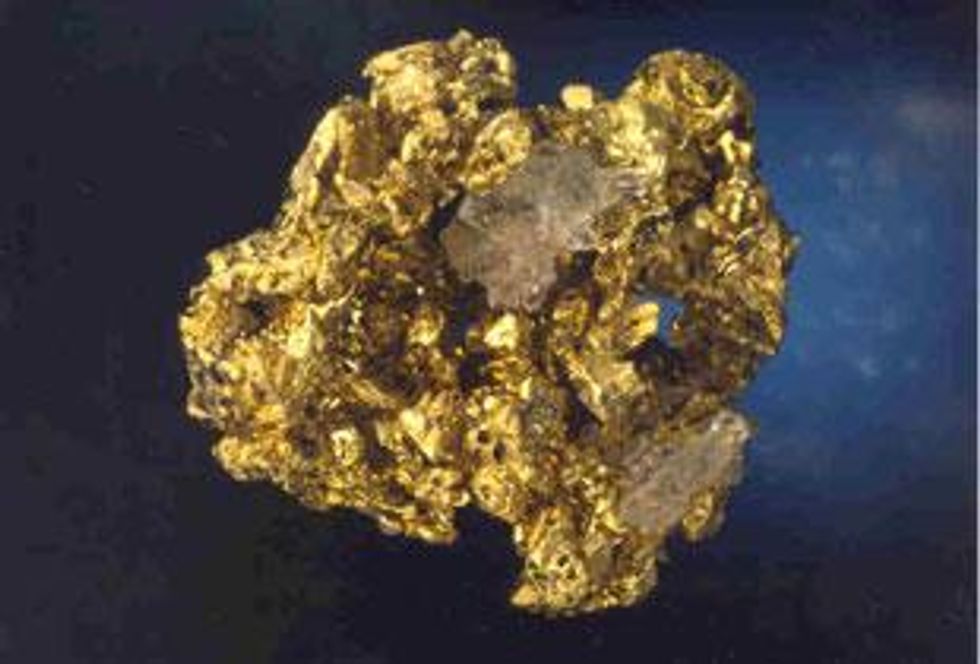Operating the mine is a very exciting phase in the life cycle of a gold mine. Finally, after years of hard work and millions of dollars invested, a miner can start to see some returns.
By Leia Toovey- Exclusive to Gold Investing News
Operation is a dynamic and exciting phase in the life cycle of a gold mine. After years of hard work and millions of dollars invested, a miner can finally start to see some returns. Though the basics components of the operational phase seem simple (extracting, processing, and selling the ore) calling the process simple is a gross understatement. The operational phase is complex and requires a great deal of management and planning in order to be successful.In response to the dynamic economics behind running a profitable mine, the miner puts a great deal of effort into implementing and adjusting key operational strategies when extracting ore. Furthermore, while extracting the ore, the miner may also still be exploring the area surrounding the in hopes of expanding the mine’s reserves. Maximizing profits and resource expansion are crucial undertakings inherent in this phase, as is making sound business decisions to mitigate the social and environmental impacts of mining.
They have started mining….. Now what?
Strategy is the backbone of the operating stage. During the operational phase, miners rely on their strategy to determing how successful and profitable the mine will be. Though some aspects of operating strategy, like resource quality, are out of the miner’s control, important parameters that the miner must address include: their interest in investing into resource expansion (exploration) ahead of mining, and what the minimum cut-off grade of gold is that they are willing/able to mine, and the overall macroeconomic picture for gold.
Throughout the mining operation, the strategy has to be routinely revisited and possibly revised as important external economic factors, like gold price and the dollar index influence the economics of the mine. Cut-off grade provides the mechanism by which miners respond to changing metal prices. If prices rise, they can extend mine life by reducing cut-off grade, exploiting previously uneconomic mineralization. This has the effect of extending mine life, while lowering gold output and causing costs to rise.
Profitability
Several factors can influence a mine’s profitability that are both controllable and “uncontrollable”. The “uncontrollable” factors can be separated into two broad categories: geological and financial. The geological factors include: the grade of the deposit and the depth at which the gold is buried. Due to the geology of some mines, the potential for profit will be greater than others. Financial factors, such as the price for gold, the demand for gold and the exchange rates also influence a mine’s profits. Fortunately, gold prices have rallied for the past decade and have no signs of slowing down.
Within a miner’s control are the operating costs. Operating costs are dictated by how much waste rock is mined with the ore (i.e. the grade of the reserve), how effectively the resource is recovered, and how costs are managed. No two mines have the same operating costs. Productivity, safety, and the environmental and social impacts of the mine are also factors to be considered.
Generally, a mine with lower operating costs is a better investment than a mine with higher operating costs. In order to determine what a mine’s operating costs are, investors should be mindful of the miner’s reported gold cash costs (i.e. the cost of production per unit of output) as well as the miner’s annual and quarterly earnings reports. The gold cash costs account for operational cash costs at site level. Many gold analysts caution against looking solely at cash costs, because some costs like depreciation, reclamation, and other non-cash costs are omitted from the calculation, making a mine appear more profitable than it actually is.
As an investor, it is important to keep up to date on a miner’s operational strategy as well as business developments as they have the potential to impact profits- and therefore share value.
Social and environmental considerations
There is a cost to operating with sound environmental and social practices; however, by following sound environmental and social practices, miners develop a good reputation (important if the miner wants to develop more properties in the future). By not following proper social and environmental regulations, miners risk labour disputes, paying for expensive environmental clean-ups, and perhaps even some pricey lawsuits. In order to be approved to mine- the company had to make certain guarantees to mitigate the social and environmental impact of mining- they must stick to those promises. In the next part of the this series we will talk in depth about the last step in the life cycle of a mine and a key component of a miner’s attention to social and environmental considerations: the rehabilitation/reclamation of the mine site.
Read the entire Life Cycle of a Gold Mine series:
Part III: Resource Definition and the Feasibility Study
Part IV: Assessment and Approval
